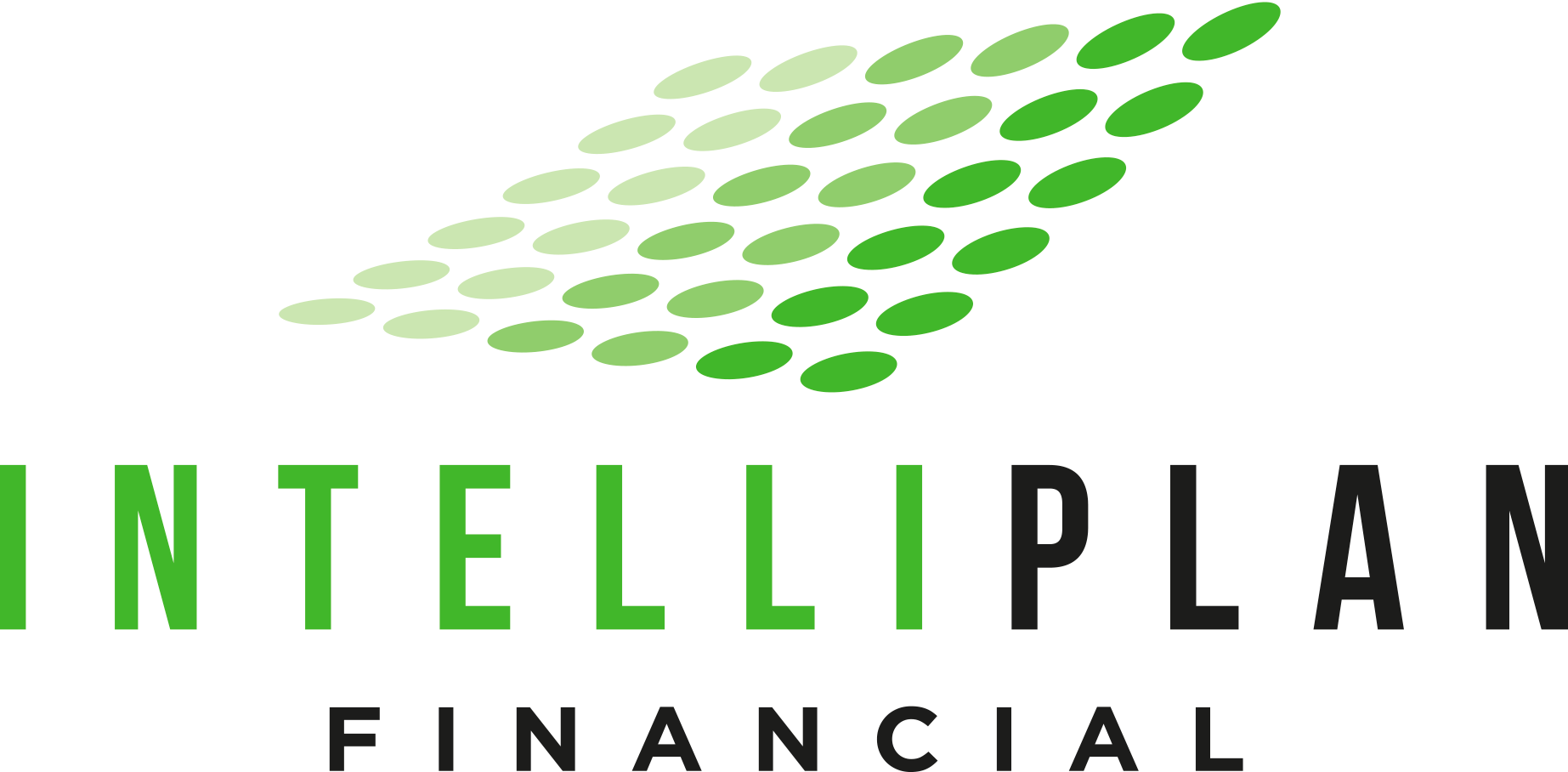Retirement is when we have worked hard and strategically planned our investments to help prepare for this new stage of life. While there can be many unknowns ahead, you may be faced with making a decision about what to do with your traditional 401k plan after you retire.
Wondering what options are available when it comes to managing your 401k plan in retirement?
Then you’ve come to the right place! In this blog post, we’ll explore five potential options you have with your 401k money after retirement, so keep reading!
Keep Your Money in the 401k
If your balance is below a certain threshold, the plan custodian may automatically cut you a check for the balance. However, you may choose to keep your money in your 401k if the balance is above a certain threshold.
Keeping your money in your 401k may be a good option for you if you are comfortable with the investment funds within your current plan. However, keep in mind that once you are no longer employed at your company, you are no longer able to make new contributions to your 401k.
Cash It Out or Withdraw a Lump Sum
Some people may choose to cash out all or a portion of their 401k money when they retire. It’s important to know that any withdrawal from your traditional 401k will be subject to ordinary income tax rates.
Also, if you withdraw the money before age 59½, you will generally pay a 10% penalty on top of taxes. The combined taxes and penalties that may occur if you cash out or take a lump-sum from your traditional 401k before age 59½ may use a big portion of your 401k balance, leaving you with less money.
However, if you retire in the same calendar year, you turn age 55, the 10% early withdrawal penalty may not apply as long as you meet other certain criteria to qualify for the IRS rule of 55. You are still subject to paying taxes on your withdrawals.¹
There are certain situations where withdrawing a certain amount from your 401k and paying your taxes each year to fund a Roth IRA or life insurance policy could make sense. This could be an option for people who are looking for ways to strategically reduce their taxes in retirement. However, it’s important to speak to a qualified financial advisor before making any decisions to better understand which strategy may be best for your situation.
Roll Your 401k into an IRA
If you are looking to reinvest the money in your 401k, you may want to consider transferring your money to another qualified retirement account, such as an IRA (individual retirement account).
A traditional IRA works much like a 401k plan. Your money grows tax-deferred until you make withdrawals. If you wait until after age 59½ to withdraw the money, you avoid the 10% early withdrawal penalty. At age 73, you must begin taking your required minimum distributions (RMDs).
Utilizing the rollover could allow more control of your funds. 401k plans may offer limited investment options, whereas in an IRA, it is possible to select from a wide variety of financial products. With an IRA, you could use your money to purchase nearly any type of asset, including stocks, bonds, real estate, gold, international stocks, and more.
Convert Your 401k into an Annuity
An annuity is an insurance product that’s offered by life insurance companies. It has many of the same tax advantages of a 401k and Traditional IRA. Your money grows tax-deferred, and you can generally take penalty-free withdrawals after age 59½.
Annuities have other benefits you won’t find in a 401k or an IRA, such as:
Lifetime Income. Annuities generate streams of income you can’t outlive, so you will not have to worry about running out of money during retirement.
Immediate annuities convert your savings into an immediate income stream that can last a lifetime and are guaranteed by a life insurance company.
A fixed deferred annuity allows your premium the opportunity for growth prior to the guaranteed income stream beginning.
Guarantee of principal. With fixed annuities, you are guaranteed to get back your initial premium amount. Fixed annuities offer no downside market risk and pay a fixed interest rate every year.
Death benefits. 401(k) plans and IRAs allow you to pass on your account balance to your beneficiaries.
Fixed annuities may have additional death benefits. Some offer protection on your money from losses tied to market downfalls and guarantee your beneficiaries will not receive less than your original account balance.
Other annuities offer bonuses to enhance the value of the death benefit.
Different annuities have different pros and cons for investors. Be sure to examine the pros and
cons of each product and ensure it fits into your particular financial situation.
Take 401k Required Minimum Distributions
Traditional 401k accounts are subject to required minimum distributions (RMDs) for those over the age of 73. Ultimately, this means that whether or not you need the money, you will have to start withdrawing from the account when reaching a certain age as determined by the government. Otherwise, you are subject to fines and penalties.
This is why it’s important to factor your RMDs into your overall retirement income plan if you decide to leave your money in your 401k (or transfer it to another qualified account).
Once you have begun taking RMDs from your retirement account, it’s still important to strategically manage certain investments to preserve and grow your initial savings throughout retirement – make sure you’re prepared!
Strategies for Maximizing Your Current 401k Investment Options
Retirement can be a tricky puzzle to navigate, made even more complicated when it seems there needs to be more money.
Luckily, you have 401k options at your disposal. In that case, you can use a few strategies to ensure that your retirement income lasts throughout your golden years.
For starters, you may want to diversify your investments by placing them in different types of funds with varying levels of risk.
Diversifying your investments will help guard against large drops in money caused by fluctuations in the stock markets.
Secondly, adjust your asset allocations. For example, gradually investing additional funds into stocks as you enter retirement and slowly start transitioning that money over to safer investments for stability.
Finally, create an emergency fund separate from your 401k. Should something unexpected arise during retirement, you will still have a backup plan while avoiding dipping too far into your 401k savings.
Important Tax Considerations When Deciding On Your Post-Retirement Plan
When planning your retirement income, it is important to keep tax considerations in mind.
If you plan to make large lump sum withdrawals from your financial accounts at one time, you could find yourself facing an early withdrawal penalty.
It’s also important to check with your accountant or a financial advisor to determine the best way to withdraw money to get the most out of your post-retirement plans while reducing your tax liability.
Additionally, a financial advisor can help you stay informed on all the latest changes that could affect how much, when, and where you can withdraw money without paying penalties or extra taxes. Curious to learn more about how to manage your taxes in retirement? Click here to learn how we help our clients through our Tax Management JourneyⓇ.
These steps can help provide a smooth transition into retirement and minimize long-term financial stress during your golden years.
In Conclusion
To recap, understanding your post-retirement options is important when it comes to successful retirement planning.
There are a variety of funding instruments available, and it’s important to explore each one and consider which method could be the most beneficial for you.
Taxes are also an important factor in any financially sound decision since they can significantly affect your retirement money.
Ultimately, this is a personal process, and what works for one individual may not be valid for another.
Consulting a knowledgeable financial advisor may provide the guidance necessary to help make an educated decision when setting up a post-retirement income plan.
For more information on these topics or how Intelliplan Financial can help you develop short-term and long-term strategies that work for you, contact us today!
Disclosure: Financial Planning and Advisory Services are offered through Prosperity Capital Advisors (“PCA”), an SEC-registered investment adviser. Registration as an investment adviser does not imply a certain level of skill or training. Intelliplan Financial and PCA are separate, non-affiliated entities. PCA does not provide tax or legal advice. Insurance services offered through Intelliplan Financial are not affiliated with PCA.
Source:
https://tickertape.tdameritrade.com/retirement/what-is-the-rule-of-55-withdrawals-15977
Financial Planning and Advisory Services are offered through Prosperity Capital Advisors (“PCA”), an SEC registered investment adviser. Registration as an investment adviser does not imply a certain level of skill or training. Intelliplan Financial and PCA are separate, non-affiliated entities. PCA does not provide tax or legal advice.










